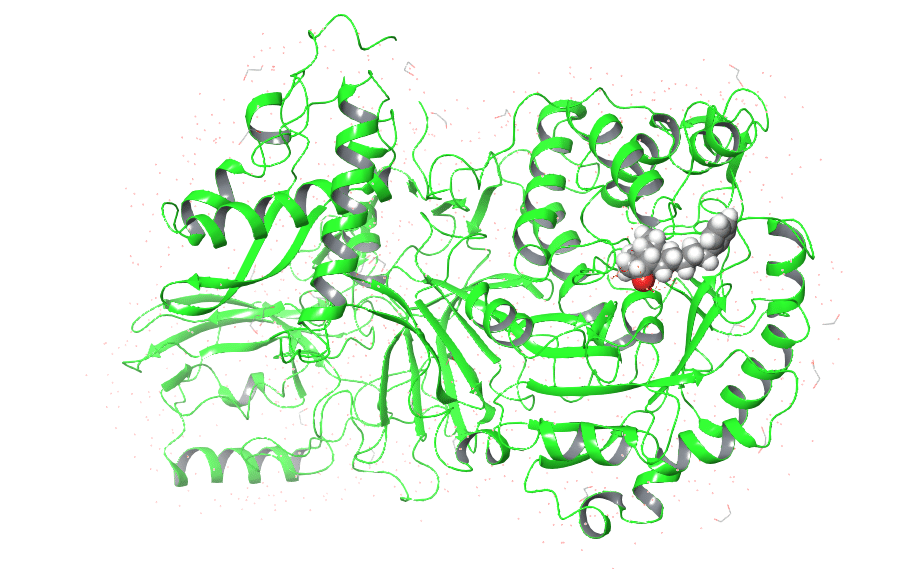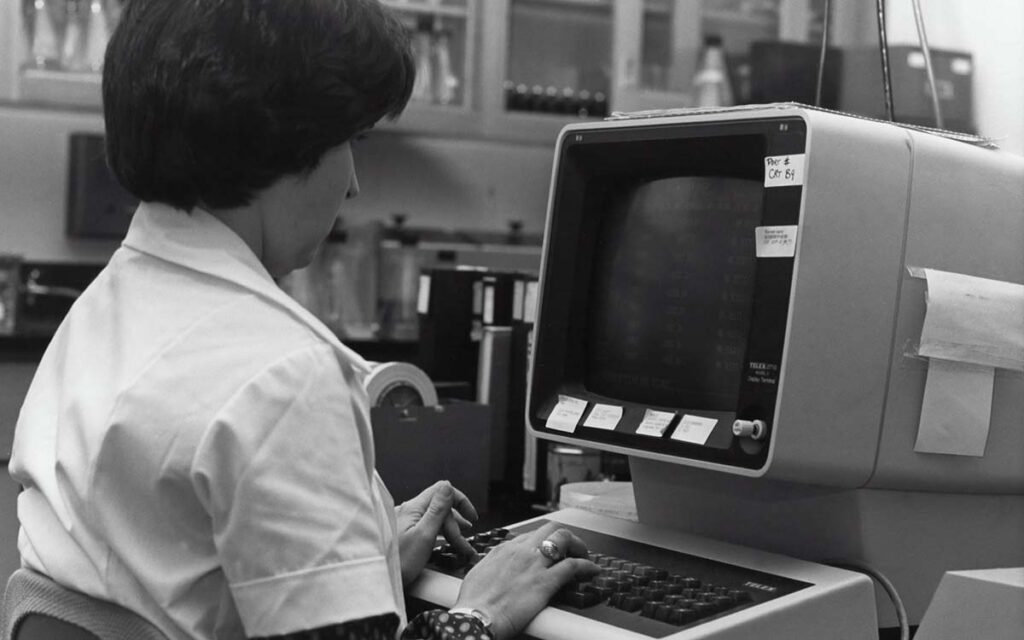In a nutshell, in silico means “using computer simulations and models to research complicated biological, chemical, and physical systems.”
In silico methods are employed in a variety of fields, such as drug design, environmental research, and chemical processes. They offer a low-cost and versatile tool for studying and comprehending complex systems, ranging from individual molecules to the interconnections of large-scale biological networks.
With increasing advances in computer technologies and the growing need for more descriptive ways to study complex chemical and biochemical problems, in silico methods are becoming progressively more essential in the toolkit of modern researchers. In this article, I briefly introduced in silico methods.
Follow me on LinkedIn
In silico meaning
The phrase “in-silico” comes from the Latin phrase “in computer” — to be precise it means “in silicon”, but we know that computer chips are made from silicon. The phrase was coined as an analogy to the Latin phrases in vivo, in vitro, meaning “in living” (organism), and “in glass”, respectively. We can also say In silico meaning “virtual”. To make clear, the “in silico” term refers to the use of computer simulations, modelling, and analyses to investigate and evaluate chemical and biochemical systems. Researchers can use this approach to test and comprehend phenomena that are difficult or impossible to explore experimentally, such as drug interactions or large-scale biological networks. In scientific fields such as biochemistry, pharmacology, genetics, and environmental research, in silico methods are frequently employed to produce predictions, investigate different scenarios, and gain new insights into complex systems.
the history of in silico studies
In-silico researches are a rather new field of science, beginning in the mid-twentieth century with the study of physical and biological systems using computer models. These early simulations were usually hampered by the computing capability of early computers and the methods, but they paved the road for the development of more sophisticated simulations in the following decades.
Advances in computer technology and the creation of new algorithms and software tools in the 1960s and 1970s resulted in an explosion of in silico investigations in a variety of subjects, including physics, chemistry, and biology. During this time, computer simulations were used to study a wide range of physical and biological processes, including fluid flow, particle dynamics, and molecular interactions.
The increasing power of computers and the availability of new algorithms in the 1980s and 1990s led to the development of more sophisticated in silico studies, such as the use of simulations to study complex biological systems, including the behaviour of proteins and DNA, and the use of simulations to study the behaviour of materials, such as the mechanical, thermal, and optical properties of solids.
In recent years, advances in artificial intelligence and machine learning, as well as the development of new algorithms and high-performance computing, have introduced new ways of in silico studies. Nowadays, simulations playing an increasingly important role in a wide range of fields, including drug discovery, materials science, and energy research.
Applications of In Silico Methods
In-silico studies have a wide range of scientific applications. Each field has its own set of objectives and techniques—though most in silico methods are similar among different science branches. Some of the most prevalent types of in silico studies are:
Computational chemistry
Computational chemistry is a branch of science that uses computer simulations and modelling to investigate chemical systems, such as molecule structures, reactions, and characteristics. It combines quantum chemistry and computer science to build models that can investigate a wide range of chemical challenges, such as molecule behaviour, material stability, and chemical reaction mechanism.
The main purpose of computational chemistry is to shed light on chemical events that would be difficult or impossible to investigate experimentally. Computational chemistry, for example, can anticipate the structures of complicated compounds, estimate reaction rates, and investigate the atomic and molecular behaviour of chemical systems.
Computational chemistry is also used in the development of new medications, materials, and chemical products. Computational chemistry, by offering detailed insights into the behaviour of chemical systems, can assist researchers in optimising the design and performance of these products, as well as identifying potential problems before they occur.
in silico drug design and in silico drug discovery
Drug design and drug discovery are creating new drugs or discovering new uses for existing drugs. Making novel drugs from scratch by inventing new chemical compounds is known as drug design. Whilst drug discovery is uncovering new uses for current pharmaceuticals or discovering novel drugs through the investigation of existing molecules or natural products.
In silico techniques, such as virtual screening, docking, and molecular dynamics simulation, are crucial in drug design and discovery. Researchers can use these tools to predict drug activity in the body, identify possible pharmacological targets, and optimise the design of novel medications. In silico methods, for example, can forecast the stability, solubility, and bioavailability of novel medications, as well as to discover potential harmful effects and drug interactions.

in silico environmental science
In-silico methods are a key component of modern environmental science because they give researchers a unique tool for studying and estimating the behaviour of complex environmental systems. Climate modelling, ecosystem modelling, water resource management, air quality modelling, and environmental risk assessment are all domains where in silico methods are applied. These simulations assist researchers in better understanding the connections between the environment and human activities, as well as the impact of environmental factors on the environment, such as climate change and land use change.
The work of Molina and Rowland based on computer modelling, which provided the first theoretical explanation of the process of ozone depletion by chlorofluorocarbons in 1974, is a well-known example of the role of in silico approaches in environmental science. Since then, in silico approaches have come a long way and now play an essential role in many areas of environmental science, allowing researchers to make more informed decisions regarding environmental management and policy.
in silico system biology
In-silico systems biology is a branch of biology that models and analyses complicated biological systems using computational methods. The purpose of in-silico systems biology is to understand how diverse components of biological systems, such as genes, proteins, and metabolic pathways, interact with one another and how these interactions contribute to the overall behaviour of the system.
Mathematical modelling is a key tool in in-silico systems biology, allowing researchers to replicate the behaviour of biological systems under varied conditions. These models can assess how changes in one element of the system will affect other sections of the system, as well as to test the impact of various system interventions. Large datasets, such as genomes and proteomics data, are also used in in silico systems biology to develop models that are as accurate and representational of the biological systems being researched as possible. In-silico system biology can help us develop new cures and treatments by providing a deeper knowledge of the underlying mechanics of biological processes.
in silico gene expression analysis
In-silico gene expression analysis is a computational method for studying gene expression in a specific cell or tissue type. In-silico gene expression analysis aims to understand how changes in the expression levels of certain genes affect the overall behaviour of a biological system. The process under which the information encoded in a gene is utilised to make a functional output, such as a protein, is referred to as gene expression.
In silico gene expression analysis often includes recognising patterns and trends in gene expression across multiple samples using large-scale gene expression data, such as microarray or RNA sequencing data. The data is then examined using a variety of statistical and computational methods, like clustering and dimensionality reduction, to discover groups of genes that are co-regulated or have comparable expression patterns. These groups can provide insights into the underlying biological processes occurring in the system, as well as aid in the identification of prospective treatment targets for disorders.
In-silico gene expression analysis can also create predictive models of gene expression that can assess the effect of different interventions on the expression of certain genes. In-silico gene expression analysis can provide a greater understanding of the underlying mechanisms of biological processes and aid in creating new therapies and treatments.


Thanks